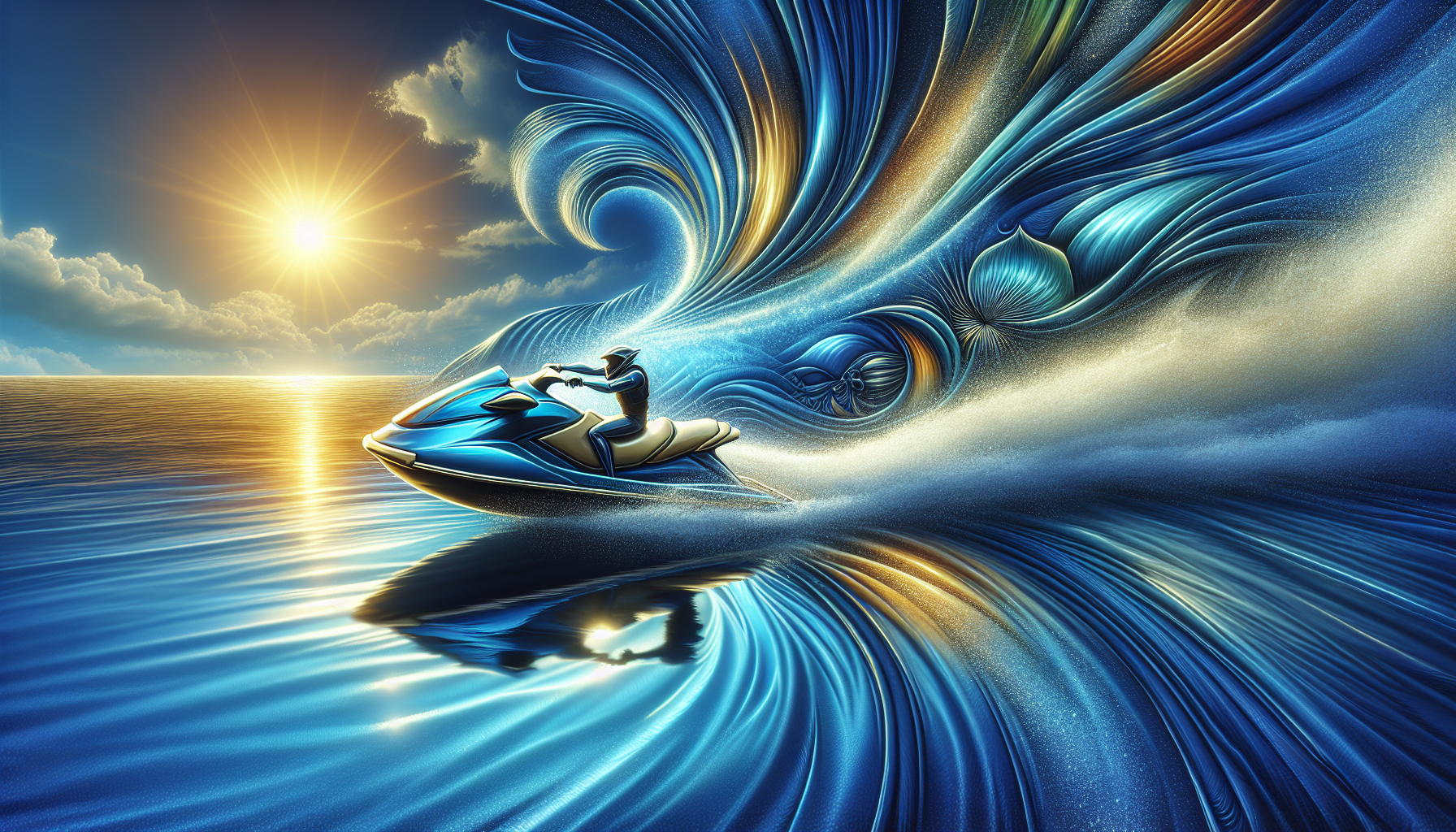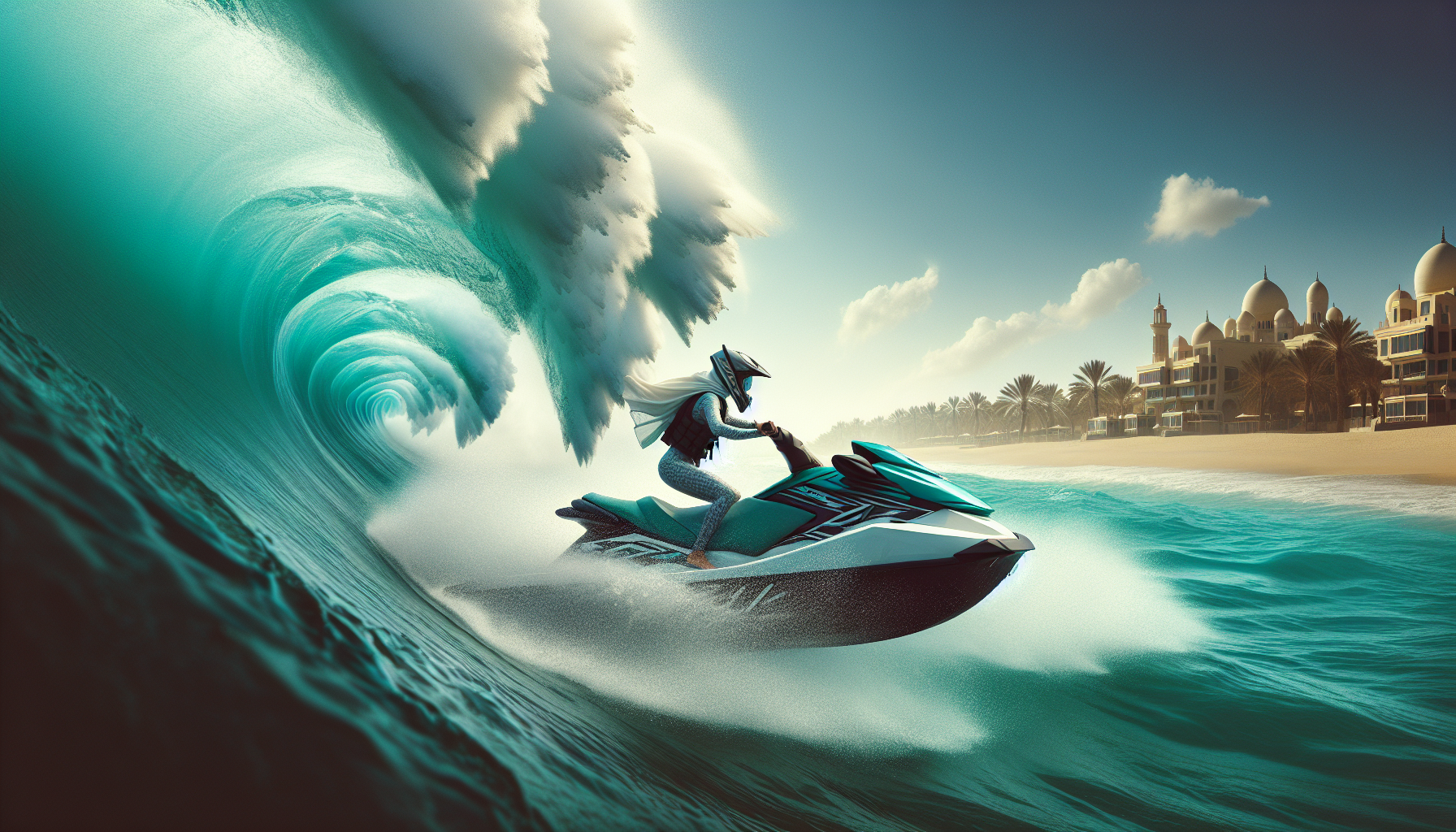Common Injuries While Jet Skiing

Are you an adventurous soul who enjoys the thrill of jet skiing? While jet skiing can provide you with an exhilarating experience on the water, it’s important to be aware of the potential risks and common injuries associated with this activity. In this article, we will explore some of the common injuries that can occur while jet skiing and provide you with valuable tips on how to avoid them. So, before you hit the waves, make sure to read on and equip yourself with the knowledge to stay safe and make the most out of your jet skiing adventures. And if you’re looking to rent a top-notch jet ski, we highly recommend turning to the watersport experts at A2Z Powersport, located in Orange Beach AL at the Fort Morgan Marina. With their exceptional service and expertise, they’ll ensure that your jet ski rental experience is both enjoyable and safe.
Common Injuries While Jet Skiing
Introduction
Jet skiing is a thrilling watersport that combines speed, agility, and adrenaline-pumping excitement. As with any adventurous activity, it is essential to be aware of the potential risks involved. In this article, we will explore the common injuries that can occur while jet skiing and provide valuable tips on how to avoid them. Whether you are a seasoned jet skier or a beginner looking to hop on a watercraft for the first time, this comprehensive guide will help ensure your safety on the waves.
Proper Training and Experience
One of the most crucial factors in preventing injuries while jet skiing is having proper training and experience. Before hitting the water, it is highly recommended to enroll in a jet ski safety course. These courses provide valuable knowledge about operating the watercraft, familiarize you with local laws and regulations, and teach essential safety practices. By gaining a solid foundation of knowledge and honing your skills in a controlled environment, you can significantly reduce the risk of accidents and injuries.
Wearing a Life Jacket
When it comes to water sports, wearing a life jacket is a non-negotiable safety measure. A life jacket can mean the difference between life and death in case of an accident or unexpected fall in the water. It provides crucial buoyancy and keeps you afloat, allowing you to conserve energy and stay safe while awaiting assistance. When selecting a life jacket, ensure that it is Coast Guard-approved and fits you properly. It should be snug but not too tight, allowing for comfortable movement while ensuring your safety.
Pre-ride Safety Briefing
Before embarking on your jet skiing adventure, it is essential to conduct a pre-ride safety briefing. This includes inspecting the jet ski for any mechanical issues or signs of damage. Familiarize yourself with the watercraft’s safety features, such as the emergency shut-off lanyard, which will stop the engine if you fall off. Make sure you know the location of the fire extinguisher, if applicable. Understanding emergency procedures such as how to re-board the jet ski and communicate distress signals can be vital in moments of crisis.
Maintaining a Safe Distance
One of the common causes of accidents while jet skiing is collisions with other watercraft or objects. To avoid such mishaps, it is crucial to maintain a safe distance from other jet skis, boats, swimmers, and any other potential hazards. Avoid operating in crowded areas where the chances of collisions are higher. Always be aware of your surroundings and practice defensive driving techniques. It is advisable to keep a minimum distance of at least 100 feet from other watercraft to ensure everyone’s safety.
Collisions with Objects
Jet skis can reach high speeds, making it essential to be aware of water hazards and obstacles in your path. Objects such as rocks, buoys, or debris can pose a significant risk of collision and potential injury. Maintaining visibility is key to avoiding accidents. Slow down when approaching dense areas, and if possible, use a spotter to help identify potential hazards ahead. By being proactive and cautious, you can minimize the chances of colliding with objects and keep yourself and others safe.
Overturning and Capsizing
Overturning or capsizing is a common occurrence while jet skiing, particularly for beginners or those who push their limits. To prevent these accidents, it is crucial to operate at appropriate speeds based on your skill level and familiarity with the water conditions. Understanding weight distribution is vital in maintaining balance and stability. If you do overturn or capsize, stay calm and follow proper recovery techniques, which may include turning the jet ski upright and remounting. Learning and practicing capsizing prevention techniques can further minimize the risks.
Muscle Strains and Sprains
Jet skiing can put strain on different muscle groups, particularly in your arms, legs, and back. To prevent muscle strains and sprains, it is essential to engage in proper stretching and warm-up exercises before hitting the water. These exercises increase blood flow to the muscles and improve flexibility, reducing the risk of injury. Maintaining a good posture while riding and avoiding excessive force or sudden jerky movements can also help prevent strains and sprains. Using correct techniques for steering and throttle control can further minimize the strain on your muscles.
Drowning
Drowning is a severe risk associated with water sports, including jet skiing. While wearing a life jacket significantly reduces the chances of drowning, it is crucial to remain vigilant. Jet ski riders should always be aware of the exhaust area, as it releases carbon monoxide. To avoid carbon monoxide poisoning and the risk of losing consciousness in the water, it is essential to steer clear of the exhaust area. Taking regular breaks for fresh air and recognizing the symptoms of carbon monoxide poisoning, such as dizziness, headache, or nausea, can help ensure your safety.
Carbon Monoxide Poisoning
Jet skis, like other motorized watercraft, emit carbon monoxide, a potentially deadly gas. Awareness of the jet ski’s exhaust area is crucial to prevent carbon monoxide poisoning. Avoid lingering or swimming near the exhaust, as the fumes can be harmful. If you experience any dizziness, headaches, or nausea while riding, it is essential to take immediate breaks for fresh air. Recognizing the symptoms of carbon monoxide poisoning can help you act quickly and seek medical assistance if needed.
In conclusion, jet skiing offers exhilarating fun on the water, but safety should always be a top priority. By following proper training and experience, wearing a life jacket, conducting a pre-ride safety briefing, maintaining a safe distance, being cautious of collisions with objects, preventing overturning and capsizing, avoiding muscle strains and sprains, staying aware of carbon monoxide poisoning risks, and recognizing the symptoms of drowning, you can greatly reduce the risk of injuries while enjoying this thrilling watersport. Remember, if you’re ever in Orange Beach, AL, be sure to rent your jet ski from the watersport experts at A2Z Powersport located in the Fort Morgan Marina. Happy and safe jet skiing!










